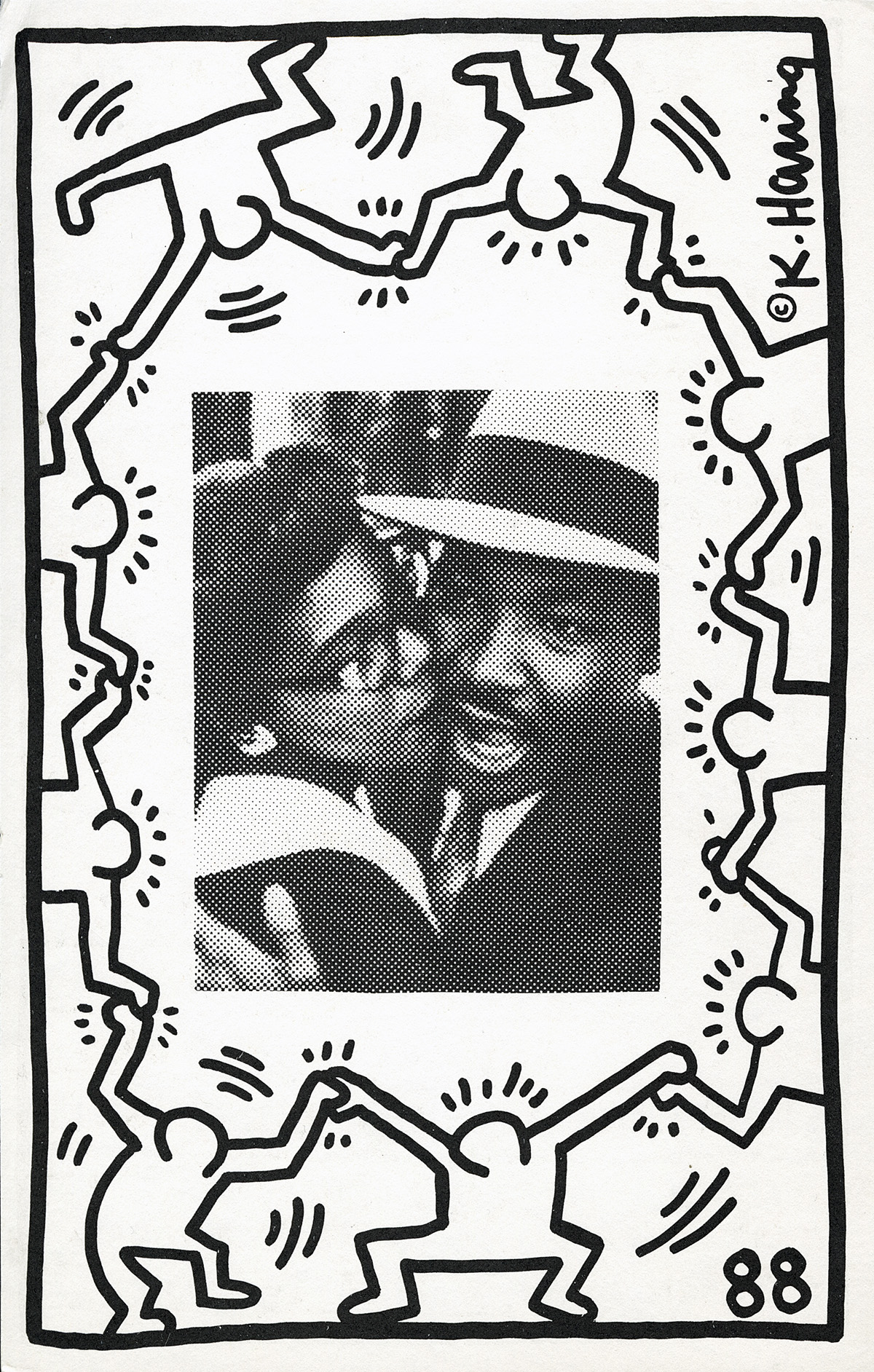Marsha P. Johnson and Sylvia Rivera were pioneering activists and leading figures of the gay liberation and transgender rights movements. Johnson and Rivera were drag queens and survival sex workers, and both lived lives impacted by the systematic poverty and racism endemic in the United States.
Johnson was a founding member of the Gay Liberation Front, and is remembered as one of the most significant activists for transgender rights, although the term “transgender” wasn’t commonly used during her lifetime, and Johnson identified as a transvestite, gay and a drag queen, and used she/her pronouns. She was on the front lines of protests against oppressive policing, including the Stonewall Uprising of 1969, and advocated tirelessly on behalf of sex workers, incarcerated people, and people with HIV/AIDS.
Rivera was a tireless champion for the rights of people of color and low-income LGBT people, calling for unity and sharing her stories, pain, and struggles to show her community they are not alone. She amplified the voices of the most vulnerable members of the gay community, and fought for the inclusion of transgender people in the Sexual Orientation Non-Discrimination Act in New York.
Together, in 1970, Rivera and Johnson founded Street Transvestite Action Revolutionaries (STAR). STAR offered services and advocacy for homeless queer youth and, according to the Global Network of Sex Work Projects, was the first LGBT youth shelter in North America and the first organization in the United States led by trans women of color.
Even within the community of gay rights activists, Johnson and Rivera were often sidelined. They quarreled with gay political leaders who excluded transgender rights from their priorities, with Rivera memorably warning at one point, “Hell hath no fury like a drag queen scorned.” They were advocates for unity, and in an interview from 1992 Johnson asks, “How many years does it take for people to see that we’re all brothers and sisters and human beings in the human race? I mean, how many years does it take for people to see that we’re all in this rat race together.”
These are just two of the countless extraordinary leaders of color from groundbreaking social movements who are all too often excluded from our national memory. Learn more and become involved.
Sylvia Rivera Law Project https://srlp.org
Marsha P Johnson Institute https://marshap.org



















